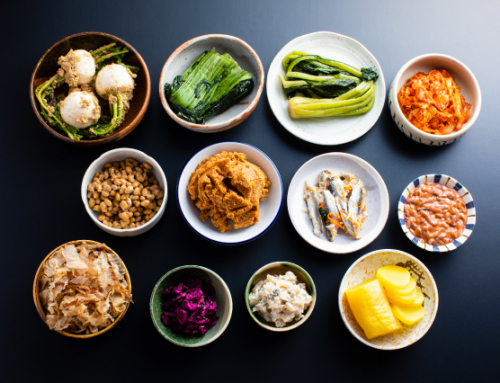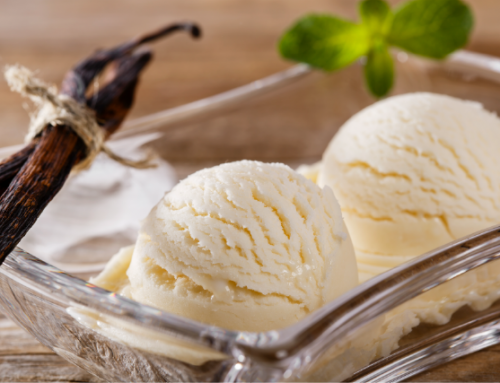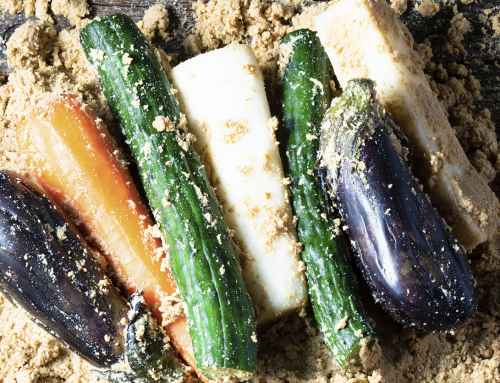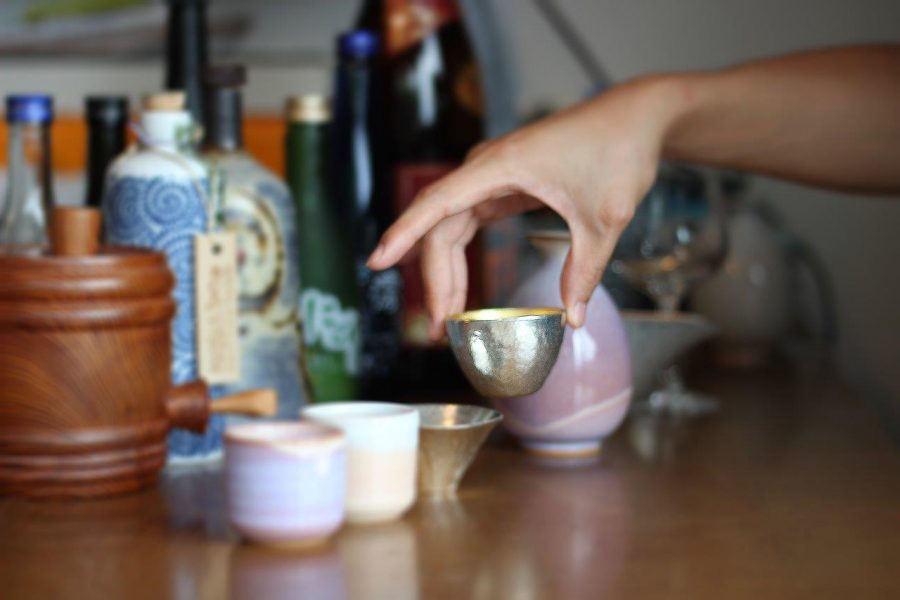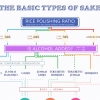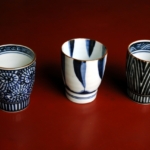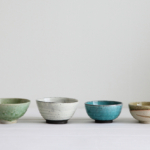Contents
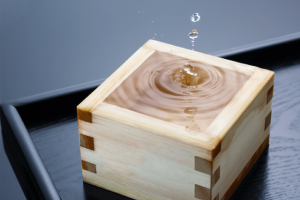
Sake is a liquor that has a bactericidal effect due to its alcohol and can be stored for a long time. There is no requirement to display the expiration date, and the date of manufacture is displayed instead.
However, it doesn’t necessarily mean that sake can keep its taste forever. With this issue, we will explain about the date of manufacture and oxidation of sake, as well as how to use leftover sake.
Can you drink old sake?
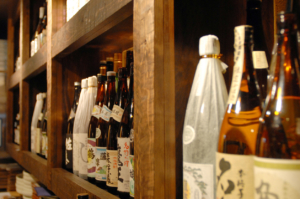
The “manufacturing date” indicated on the sake label refers to the year and month when the sake was made.
This is not the day when the sake was squeezed, but the day when it was packed in bottles and packs after filtering, burning, and storing.
Sake without an expiration date does not mean that the taste will not change over the years. If it hasn’t been opened then there will be no health problem, but the fragrance and taste will change.
General timeline for until when it will be tasty

Sake that has been heat treated twice can be delicious if it is within a year from the date of manufacture, as long as it has not been stored in a particularly bad environment.
However, unrefined sake that has been heat treated only once, or that has been shipped without being heat treated, is a sake in which freshness is extremely important. Please store it in the refrigerator, and drink it within 6 to 9 months from the date of manufacture.
The expiration date is conditional on the sake being unopened. After opening the bottle the deterioration will progress, so drink it as soon as possible.
Beware of “oxidation” in sake
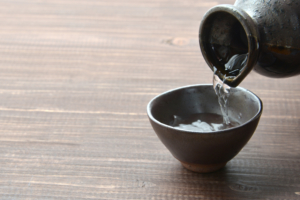
The cause of deterioration after opening is the “oxidation” of sake.
Sake is filled and capped at the time of bottling, and is shipped in a state close to being vacuum sealed, so air enters as soon as it is opened. Sake that touches the air becomes oxidized. There are some brands which the sake’s umami may increase initially after opening or become mild, but after a week or more the oxidation will progress and the quality of sake will change.
Also, when storing sake, you need to be careful about ultraviolet rays. Have you noticed that the color of sake bottles is often brown or green? By making the bottle a color that is easy to block light, such as brown or green, it protects alcohol from ultraviolet rays.
How to utilize left over sake ?
In some cases, you may have left sake without drinking it, or you may not be able to drink because of the large amount of bottles that have been opened.
In that case, there are ways to utilize it without needing to drink the sake.
For food
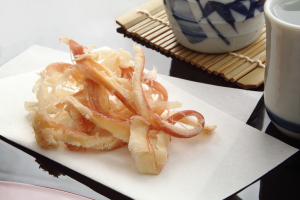
Sake is a universal seasoning that balances sourness, sweetness, umami, and aroma!
It is compatible with salt and has the effect of softening the ingredients, so it can be used in various dishes.
For example, one recommendation is “simmered pork”. By adding sake during the simmering stage, you can remove the smell of pork and make a soft, umami-condensed dish.
In addition, sake is also recommended as a secret ingredient of fish based soup. Adding a small amount of sake to a simple salt soup that enhances the ingredients, the alcohol will evaporate with heat, leaving only the rich umami.
Cook rice
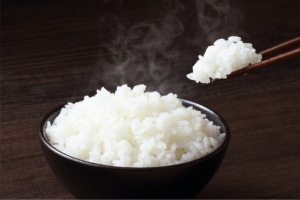
When you cook rice, add 1-2 tablespoons of sake to 450g of rice for a shiny and plump finish.
This is the effect of the alcohol component of sake. Alcohol prevents starch and protein components from leaking out of the cells of the cereal grains, keeping the ingredients trapped in the rice grains and letting it cook plump without deformity.
This technique can be applied to old rice that smells a little, or rice that has cooled and solidified.
When thawing frozen rice in a microwave, just sprinkle a little sake and heat it up.
If you use sake when cooking or thawing rice, you need to pay attention to the color and aroma of sake. Do not use sake that has changed color or smell.
Sake bath & handmade lotion
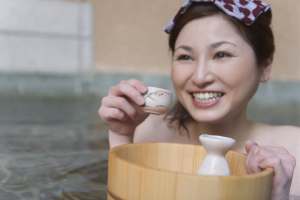
If the sake has a good aroma, why not try it as a bath salt or a lotion?
Sake is rich in ingredients that are said to be good for beauty, such as amino acids.
In addition, the gorgeous aroma of sake can also be expected to have a relaxing effect.
Conclusion
Rather than forcing yourself to drink the leftover sake, it was found that it can be used effectively in other ways, allowing you to enjoy the positive aspects of sake until the very end.
Because sake contains various ingredients, it can be used to bring out the taste of food and as a beauty item. Please try to experience the benefits of sake ingredients.

